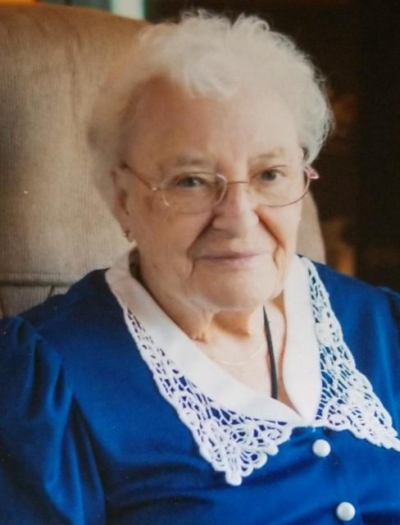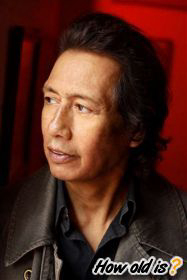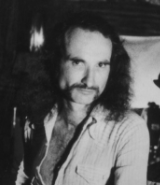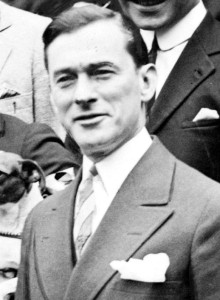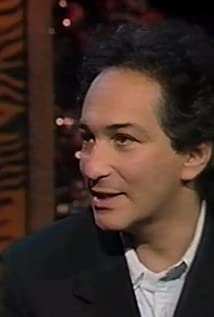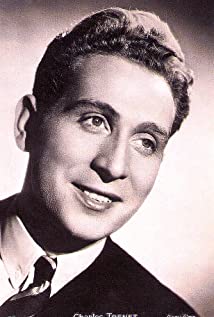Carmen Miranda
Popular As Maria do Carmo Miranda da Cunha (The Brazilian Bombshell, A Pequena Notável)
Birthday February 9, 1909
Birth Sign Aquarius
Birthplace Marco de Canaveses, Kingdom of Portugal
DEATH DATE 1955-8-5, Beverly Hills, California, U.S. (46 years old)
Nationality Portugal
Height 5' (1.52 m)
#12747 Most Popular



